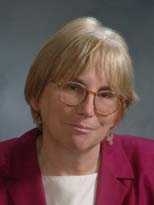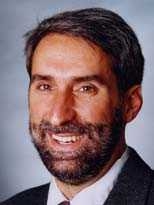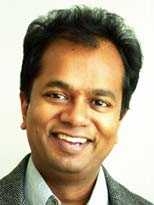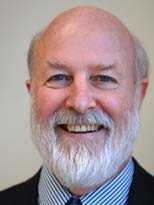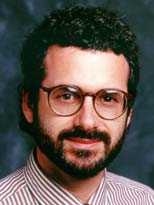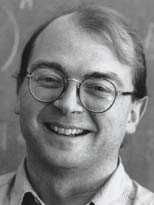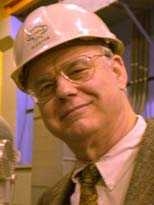MIT's School of Architecture and Planning is the second-best U.S. graduate school of architecture, according to Architect magazine's 2008 rankings.
The rankings were compiled from 130 architecture firms, 46 architecture deans and 740 architecture students who responded to a national survey.
MIT's position in the Architect rankings was its highest in at least five years. In 2007 and 2005, MIT was ranked fourth; in 2006, eighth; and in 2004, fifth in the nation. Harvard University's Graduate School of Design topped the list this year.
JoAnne Stubbe, the Novartis Professor of Chemistry and professor of biology, will be presented with the 2008 Emil Thomas Kaiser Award for her outstanding contributions to the understanding of ribonucleotide reductases, enzymes that play a central role in nucleic acid metabolism. The award, sponsored by the Protein Society, recognizes a recent, highly significant contribution in applying chemistry to the study of proteins.
Daniel Nocera, the Henry -Dreyfus Professor of Energy and professor of chemistry, has been named the 2008 recipient of the Harrison Howe Award. Presented by the Rochester Section of the American Chemical Society, the award was established to recognize a scientist who has made outstanding contributions to chemistry or closely related fields and who shows great potential for further achievement.
Ram Sasisekharan, professor of biological engineering and health sciences and technology, is one of four recipients of the 2007 Princess Chulabhorn Gold Medal. This award honors world-renowned individuals or organizations that have provided outstanding support for the activities of the Thailand-based Chulabhorn Research Institute, as well as important support for the advancement of science in developing countries.
Richard Hynes, Daniel K. Ludwig Professor for Cancer Research, has been awarded the American Society for Cell Biology (ASCB) E.B. Wilson Medal, the society's highest honor for science, which he will share with Zena Web of the University of California, San Francisco.
Hynes is recognized for his seminal contributions to cell biology, including his research on the role of extracellular matrix proteins and their receptors in normal cellular growth and development and in the process of oncogenesis. Along with Werb, he presented the E.B. Wilson Lecture at the recent ASCB annual meeting.
The American Physical Society (APS) has announced the 2007 APS Fellows, including seven MIT faculty members. APS fellowship is a distinct honor signifying recognition by one's professional peers. The fellows are:
Geoffrey Forden, research associate in the Program in Science, Technology and Society, for innovative and important contributions to arms control and international security.
Neil Gershenfeld, director of the Center for Bits and Atoms, for significant contributions ranging from quantum computing to advanced technologies for global development.
Mehran Kardar, professor of physics, for pioneering work in a broad range of topics in statistical physics, including the dynamics of growing interfaces and biophysical systems.
Seth Lloyd, professor of mechanical engineering, for seminal contributions to the theory of quantum computation and quantum communication and their physical implementations.
Gareth McKinley, Professor of Teaching Innovation in the Department of Mechanical Engineering, for the development of methods for characterization of the rheology of complex liquids and improved understanding of elastic effects and instabilities.
Richard Milner, professor of physics and director of the Laboratory for Nuclear Science, for his leadership in the HERMES/DESY and BLAST/Bates experiments.
James Terry, principal research scientist at the Plasma Science and Fusion Center, for significant contributions in the areas of volume recombination in plasmas, plasma impurity transport, wall-conditioning with lithium, plasma transport, and plasma turbulence in magnetic fusion confinement devices.
The Hungarian Nuclear Society awarded its first annual Karoly Simony Memorial Plaque and Prize to Miklos Porkolab, professor of physics and Director of the Plasma Science and Fusion Center. The prize, named in memory of Karoly Simony, the first Hungarian fusion research scientist, was awarded in recognition of Porkolab's "outstanding achievements and contributions to plasma physics and fusion research."
A version of this article appeared in MIT Tech Talk on December 12, 2007 (download PDF).
